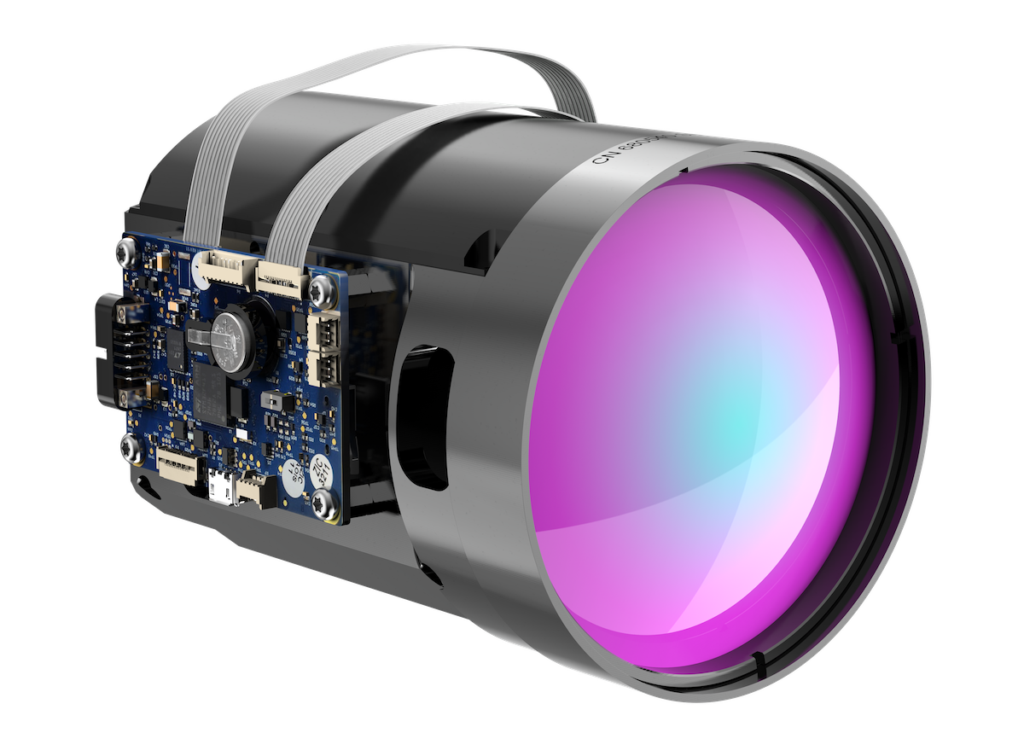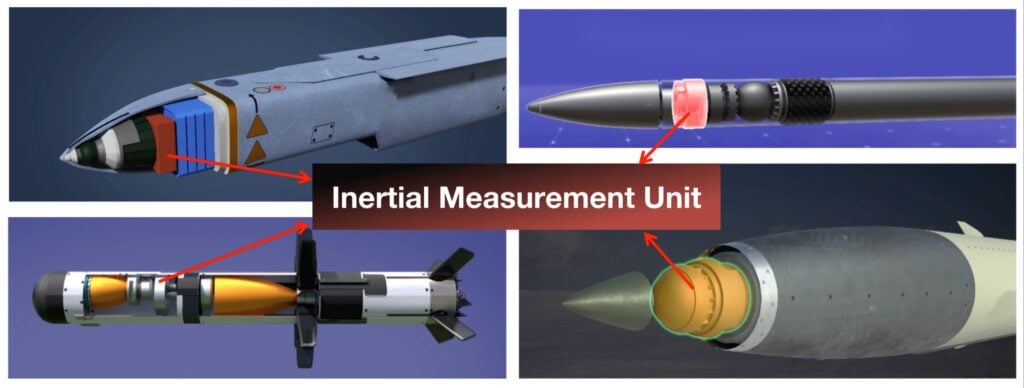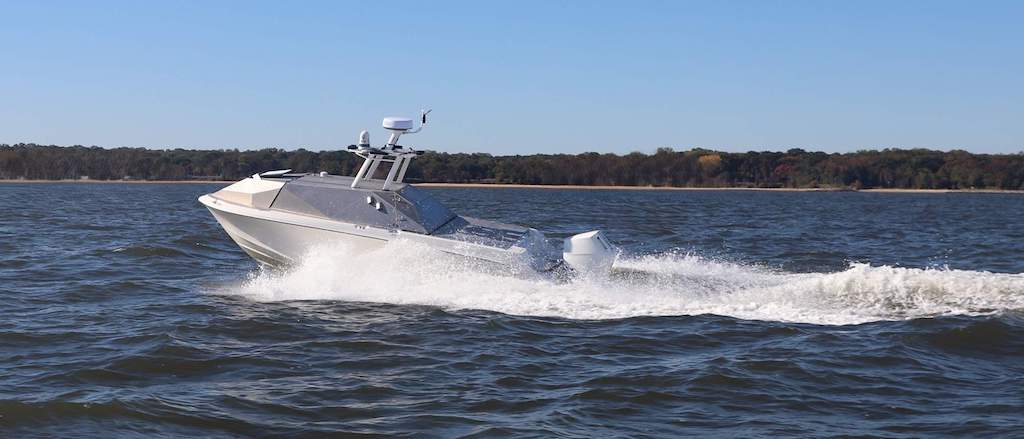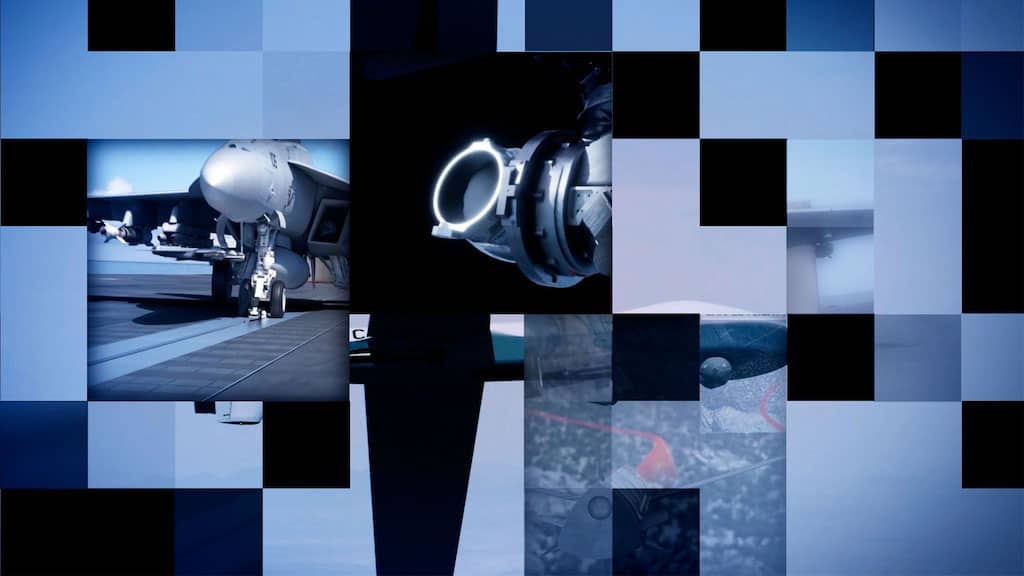
Air Surveillance Radar
Discover cutting-edge solutions from leading global suppliers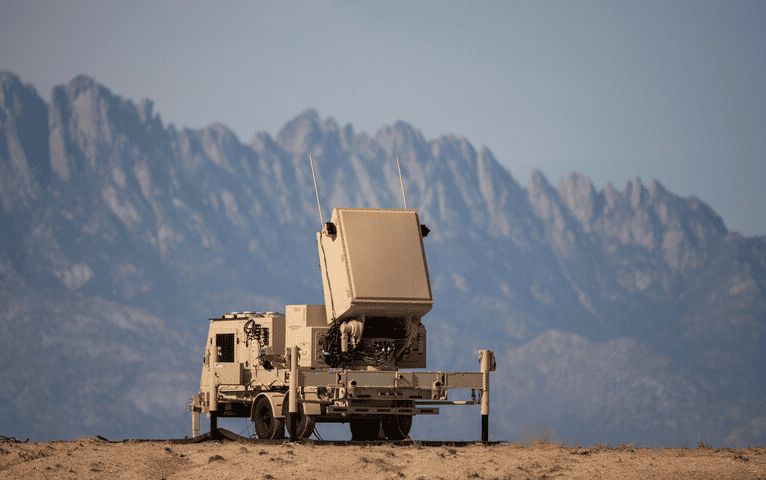
Raytheon recently demonstrated the operational performance and readiness of the GhostEye MR advanced medium-range sensor for the National Advanced Surface to Air Missile System (NASAMS).
The exercise was conducted at the White Sands Missile Range in partnership with the U.S. Air Force Research Laboratory’s Strategic Development Planning and Experimentation (SDPE) office and Kongsberg Defence & Aerospace.
During the exercise, GhostEye MR was successfully integrated with NASAMS’ Air Defense Console and the Battlespace Command and Control Center (BC3), a command-and-control element used by the U.S. Air Force.
GhostEye MR expands NASAMS’ combat-proven capabilities against enemy aircraft, unmanned aircraft systems, and cruise missile threats.
In a configuration designed as an air base air defense solution for the U.S. Air Force, all three system components communicated effectively, sharing information and relevant data during a live threat scenario.
GhostEye MR provided a comprehensive air picture for the command-and-control system to determine whether a target was a threat and what response was required. Additionally, the radar supported simulated engagements and, with NASAMS, successfully defeated the targets.
“This experiment showed that GhostEye MR is a viable sensor option for integrated air and missile defense,” said Jim Simonds, U.S. Air Force Air Base Air Defense Program Manager at the U.S. Air Force Research Laboratory. “The radar clearly demonstrated its ability to be rapidly deployed and detect and track live targets precisely at longer ranges, providing increased standoff and decision-making time.”
“The team’s success demonstrates that GhostEye MR can meet the needs of the U.S. Air Force,” added Tom Laliberty, President of Land & Air Defense Systems at Raytheon. “Air bases around the world face a growing array of sophisticated airborne threats, and this exercise marked a significant step toward fielding an integrated capability for air base air defense.”
This demonstration also builds on last year’s successful air base air defense experiment in Andøya, Norway, that showcased NASAMS’ ability to engage and intercept various aerial threats using multiple Raytheon missile types and Kongsberg Defence & Aerospace’s Fire Distribution Center.
In August 2023, Raytheon was awarded its first government contracts to advance development and assessment of GhostEye MR. A member of Raytheon’s GhostEye family of sensors, GhostEye MR provides increased range and altitude coverage to expand the defended-area capabilities of NASAMS. The radar leverages commonality with the Lower Tier Air and Missile Defense Sensor, or LTAMDS – currently advancing through development for the U.S. Army.











